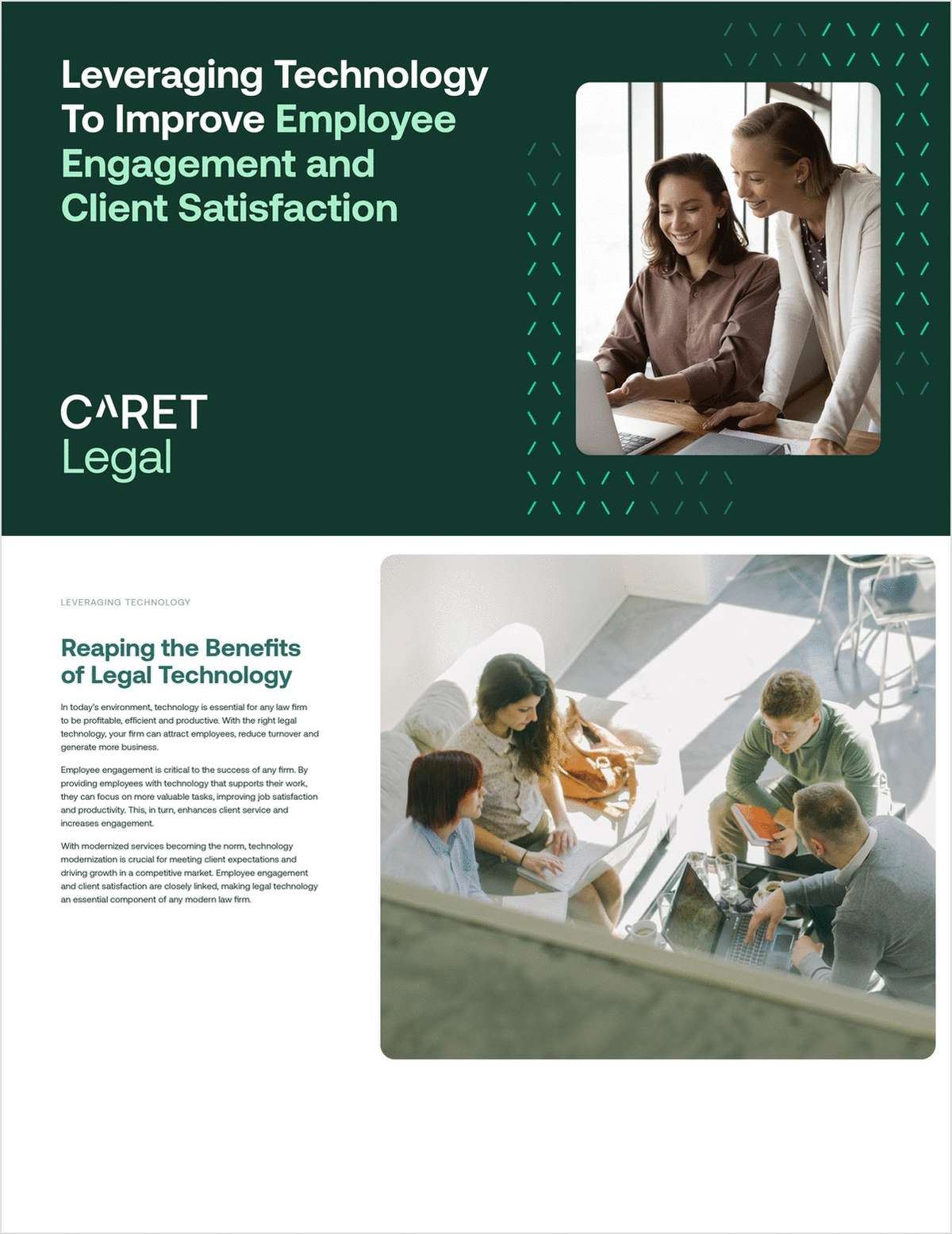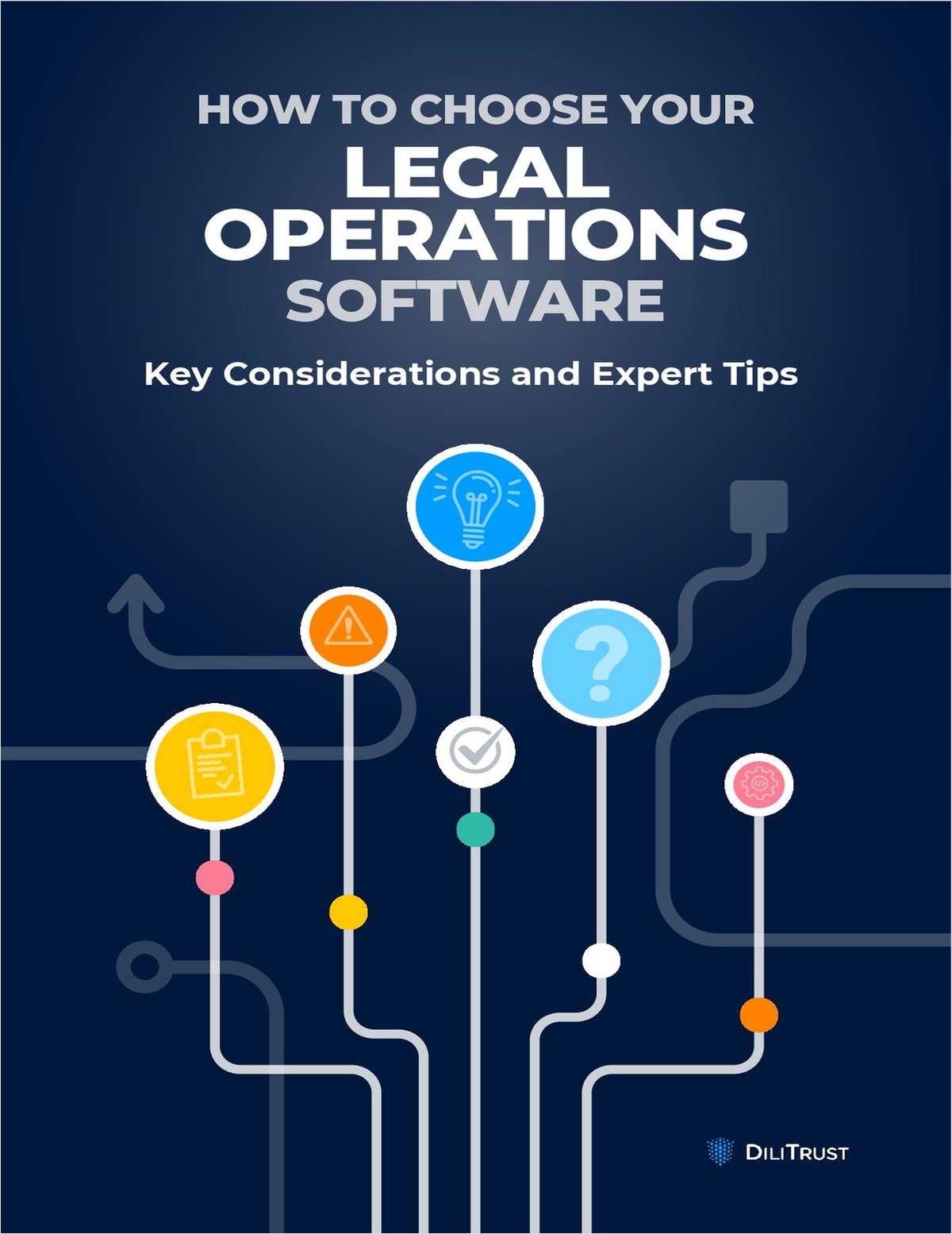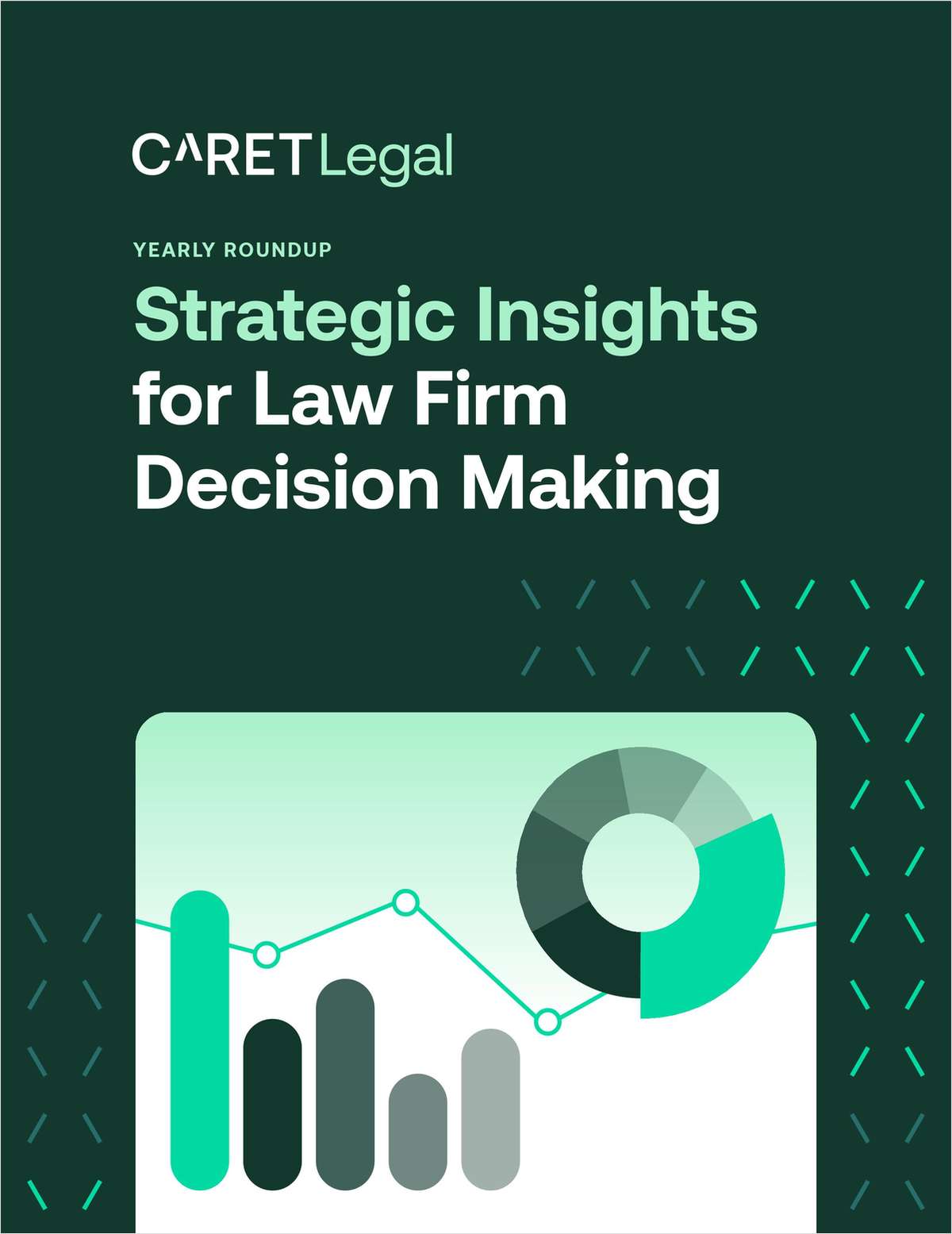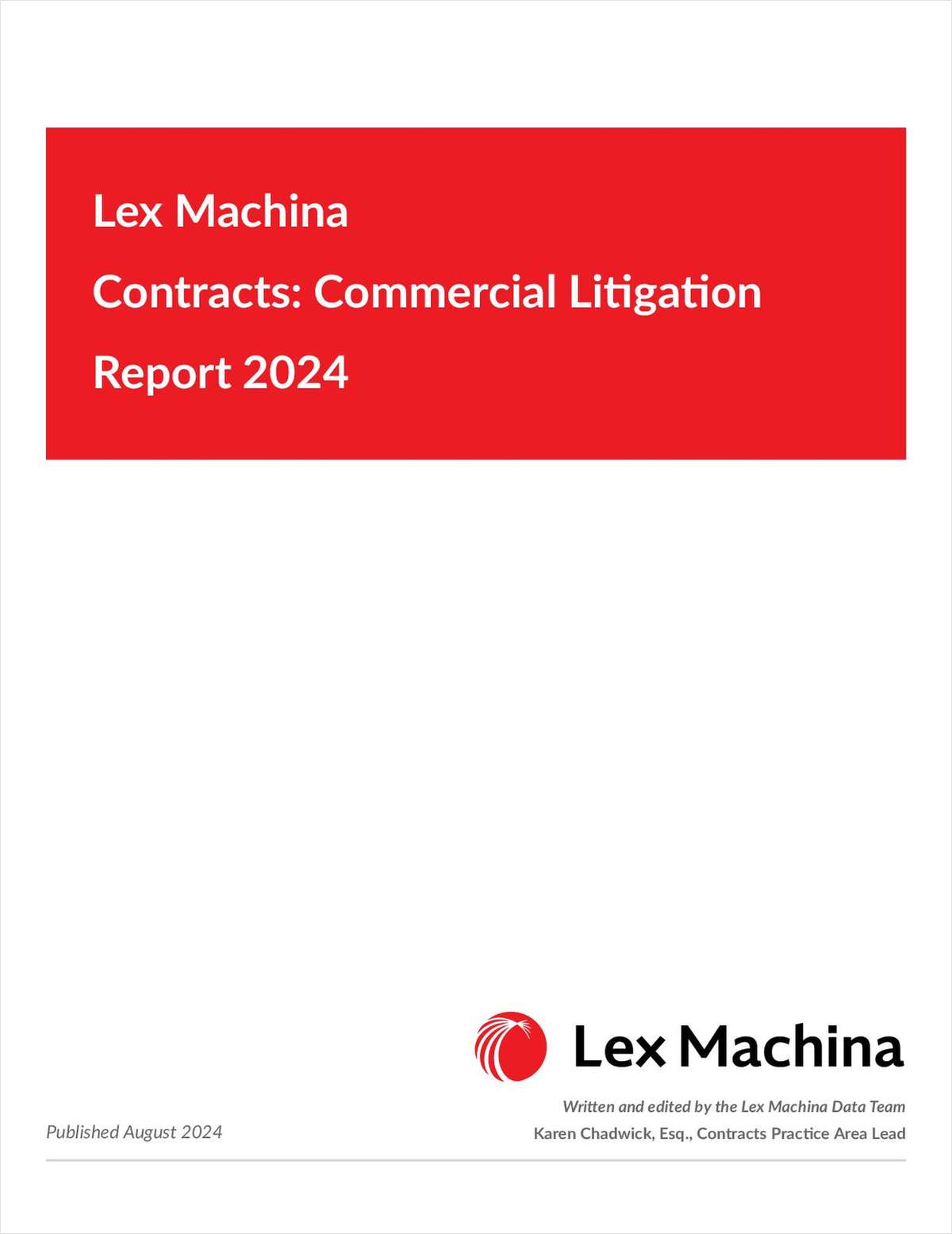Escape New York: Court Dismisses NRA's Chapter 11 As Improper Tactic to Avoid New York's Non-Profit Regulatory Scheme
This article explores the competing factors the Bankruptcy Court considered and the rationale underlying its decision to grant the drastic relief of dismissing the NRA's bankruptcy case.
August 31, 2021 at 05:12 PM
10 minute read
On May 11, 2021, U.S. Bankruptcy Judge Harlin Hale of the U.S. Bankruptcy Court for the Northern District of Texas issued a decision dismissing the Chapter 11 case of the National Rifle Association and certain of its affiliates. The high-profile New York-based non-profit sought bankruptcy protection in Texas on Jan. 15, 2021 and immediately faced a bevy of motions seeking dismissal of its Chapter 11 case pursuant to Section 1112(b) of the Bankruptcy Code filed by: 1) a former vendor-turned-litigation adversary, Ackerman McQueen, Inc.; 2) the New York Attorney General (NYAG); and 3) the District of Columbia Attorney General. A separate motion seeking the appointment of an examiner pursuant to section 1104(c) of the Bankruptcy Code was also filed. This article explores the competing factors the Bankruptcy Court considered and the rationale underlying its decision to grant the drastic relief of dismissing the NRA's bankruptcy case.
This content has been archived. It is available through our partners, LexisNexis® and Bloomberg Law.
To view this content, please continue to their sites.
Not a Lexis Subscriber?
Subscribe Now
Not a Bloomberg Law Subscriber?
Subscribe Now
NOT FOR REPRINT
© 2024 ALM Global, LLC, All Rights Reserved. Request academic re-use from www.copyright.com. All other uses, submit a request to [email protected]. For more information visit Asset & Logo Licensing.
You Might Like
View All
Haynes Boone, Hicks Thomas Get Dismissal of $1.3B Claims in 2022 Freeport LNG Terminal Explosion
3 minute read
Davis Polk Lands Spirit Chapter 11 Amid Bankruptcy Resurgence

Court Rules Mere Conduit Defense Not Suitable for a Motion to Dismiss
6 minute read
FTX Estate Seeks to Recoup $1.76B From Binance, Plus Exec 'Piggy Bank' Payouts
3 minute readLaw Firms Mentioned
Trending Stories
- 1From 'Confusing Labyrinth' to Speeding 'Rollercoaster': Uncertainty Reigns in Title IX as Litigators Await Second Trump Admin
- 2Critical Mass With Law.com’s Amanda Bronstad: Why Jurors in California Failed to Reach Verdict Over Zantac, Bankruptcy Judge Tables Sanctions Against Beasley Allen Attorney
- 3Jones Day Client Seeks Indemnification for $7.2M Privacy Settlement, Plus Defense Costs
- 4Elections Have Consequences: Some Thoughts on Labor and Employment Law Topics in 2025 and Beyond
- 5Law Firm Associates, Staffers Continue to Put a Premium On Workplace Flexibility, Study Finds
Who Got The Work
Michael G. Bongiorno, Andrew Scott Dulberg and Elizabeth E. Driscoll from Wilmer Cutler Pickering Hale and Dorr have stepped in to represent Symbotic Inc., an A.I.-enabled technology platform that focuses on increasing supply chain efficiency, and other defendants in a pending shareholder derivative lawsuit. The case, filed Oct. 2 in Massachusetts District Court by the Brown Law Firm on behalf of Stephen Austen, accuses certain officers and directors of misleading investors in regard to Symbotic's potential for margin growth by failing to disclose that the company was not equipped to timely deploy its systems or manage expenses through project delays. The case, assigned to U.S. District Judge Nathaniel M. Gorton, is 1:24-cv-12522, Austen v. Cohen et al.
Who Got The Work
Edmund Polubinski and Marie Killmond of Davis Polk & Wardwell have entered appearances for data platform software development company MongoDB and other defendants in a pending shareholder derivative lawsuit. The action, filed Oct. 7 in New York Southern District Court by the Brown Law Firm, accuses the company's directors and/or officers of falsely expressing confidence in the company’s restructuring of its sales incentive plan and downplaying the severity of decreases in its upfront commitments. The case is 1:24-cv-07594, Roy v. Ittycheria et al.
Who Got The Work
Amy O. Bruchs and Kurt F. Ellison of Michael Best & Friedrich have entered appearances for Epic Systems Corp. in a pending employment discrimination lawsuit. The suit was filed Sept. 7 in Wisconsin Western District Court by Levine Eisberner LLC and Siri & Glimstad on behalf of a project manager who claims that he was wrongfully terminated after applying for a religious exemption to the defendant's COVID-19 vaccine mandate. The case, assigned to U.S. Magistrate Judge Anita Marie Boor, is 3:24-cv-00630, Secker, Nathan v. Epic Systems Corporation.
Who Got The Work
David X. Sullivan, Thomas J. Finn and Gregory A. Hall from McCarter & English have entered appearances for Sunrun Installation Services in a pending civil rights lawsuit. The complaint was filed Sept. 4 in Connecticut District Court by attorney Robert M. Berke on behalf of former employee George Edward Steins, who was arrested and charged with employing an unregistered home improvement salesperson. The complaint alleges that had Sunrun informed the Connecticut Department of Consumer Protection that the plaintiff's employment had ended in 2017 and that he no longer held Sunrun's home improvement contractor license, he would not have been hit with charges, which were dismissed in May 2024. The case, assigned to U.S. District Judge Jeffrey A. Meyer, is 3:24-cv-01423, Steins v. Sunrun, Inc. et al.
Who Got The Work
Greenberg Traurig shareholder Joshua L. Raskin has entered an appearance for boohoo.com UK Ltd. in a pending patent infringement lawsuit. The suit, filed Sept. 3 in Texas Eastern District Court by Rozier Hardt McDonough on behalf of Alto Dynamics, asserts five patents related to an online shopping platform. The case, assigned to U.S. District Judge Rodney Gilstrap, is 2:24-cv-00719, Alto Dynamics, LLC v. boohoo.com UK Limited.
Featured Firms
Law Offices of Gary Martin Hays & Associates, P.C.
(470) 294-1674
Law Offices of Mark E. Salomone
(857) 444-6468
Smith & Hassler
(713) 739-1250









